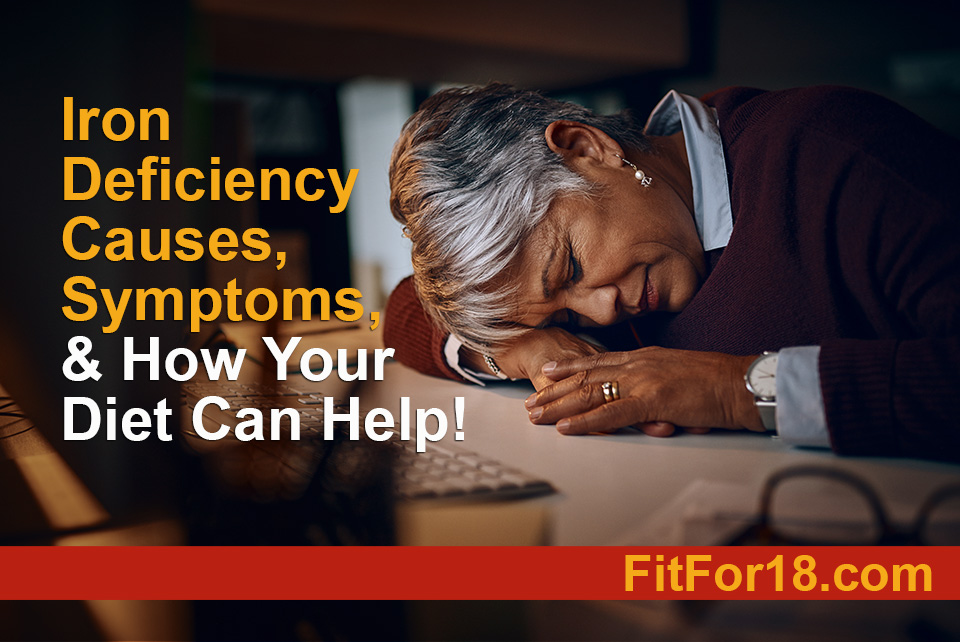Iron Out the Problem
As a fitness trainer, when it comes to client’s concerns about their health I’m always there to lend and ear. One concern I hear frequently is how many of my clients struggle with iron deficiency. Surprisingly, nearly one-third of American’s have iron deficiency. For many of us iron deficiency is a silent struggle but rest assured, you’re aren’t alone.
For this reason, I want to help you understand why you might have low iron, some symptoms of having iron deficiency, and how to address it through nutrition and fitness.
Common Causes of Iron Deficiency
To better understand iron deficiency here some common factors that can attribute to low iron.
Inadequate Dietary Intake

A diet lacking sufficient iron-rich foods such as red meat, poultry, fish, beans, and fortified cereals, could lead to iron deficiency. Vegetarians and vegans, in particular, may be at higher risk if they don’t consume enough plant-based iron sources or supplement their diets appropriately.
Blood Loss
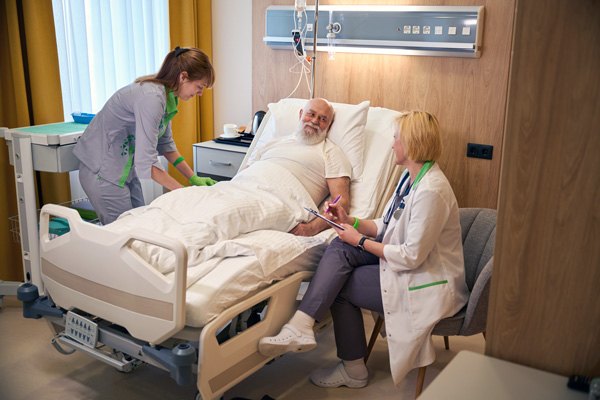
Any form of significant blood loss can lead to a drop in iron levels. This could be due to heavy menstrual periods, gastrointestinal bleeding (such as from ulcers or hemorrhoids), or internal bleeding (from conditions like diverticulosis or cancer).
Poor Iron Absorption
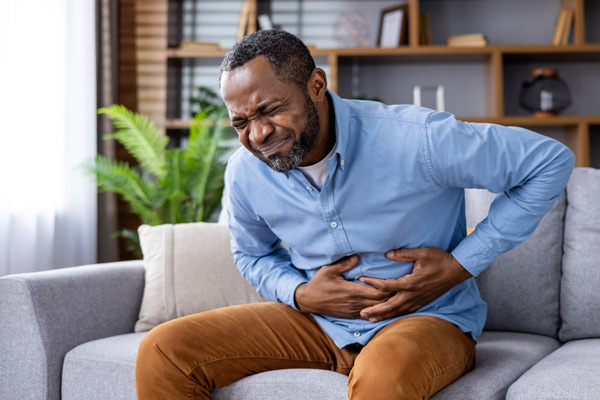
Certain medical conditions or surgeries that affect the digestive system can impair iron absorption. Examples include celiac disease, Crohn’s disease, or having undergone gastric bypass surgery. Medications like proton pump inhibitors (PPIs) that reduce stomach acid can also hinder iron absorption.
Increased Iron Needs

Pregnant women, growing children, or individuals experiencing rapid growth or increased physical activity (such as athletes) may have higher iron requirements. If these needs aren’t met through diet or supplementation, it can lead to deficiency.
Chronic Inflammatory Conditions
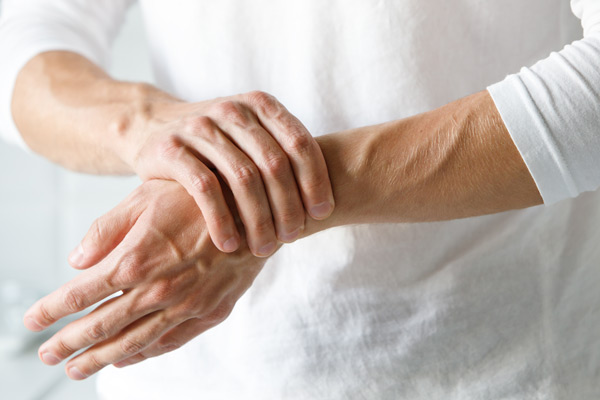
Diseases such as chronic kidney disease, rheumatoid arthritis, or other chronic inflammatory conditions can interfere with iron metabolism, leading to low iron levels despite adequate dietary intake. These conditions can cause the body to sequester iron in an attempt to fight inflammation, making it less available for use.
If you’re concerned about low iron, it’s important to consult a healthcare provider to identify the underlying cause and appropriate treatment.
Common Symptoms of Iron Deficiency
Once you understand some of the commons causes, it’s also beneficial to understand some of the possible symptoms of low iron.
Low iron can cause heart issues such as a rapid heart beat to compensate for the lack of oxygen in the blood. Low iron can also reduce functional capacity, enlarged heart, and possibly heart failure.
Here are a few more symptoms of being iron deficient below.
Fatigue

Feeling unusually tired or weak, even after adequate rest, is one of the most common symptoms of low iron. This happens because iron is essential for producing hemoglobin, which helps carry oxygen in the blood. Without enough iron, the body struggles to deliver oxygen to tissues and organs.
Shortness of Breath

Without enough iron, the body’s ability to carry oxygen is compromised, which can cause shortness of breath or rapid breathing, especially during physical activity.
Dizziness or Lightheadedness
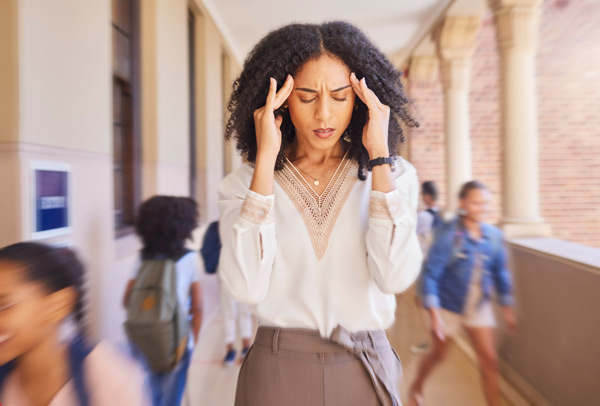
Low iron levels can affect the brain’s oxygen supply, leading to feelings of dizziness or lightheadedness, especially when standing up quickly or engaging in physical activities.
Cold Hands and Feet

Iron deficiency can impact blood circulation, causing the extremities (like hands and feet) to feel unusually cold or numb, as less oxygen is being delivered to those areas.
Again, I cannot stress enough….If you experience these symptoms, consider consulting with your healthcare provider for further evaluation and potential treatment.
Foods With Iron
As a fitness and nutrition consultant, my goal is to create personalized plans to help with having a healthier lifestyle. When it comes to low iron, you can put forth a little effort with your every day nutrition and try to help increase your iron.
To help increase iron levels, incorporating iron-rich foods into your diet is key. Here are 10 top foods that are excellent sources of iron:
Red Meat (Beef, Lamb)
Poultry (Chicken, Turkey)
Shellfish (Clams, Oysters, Mussels)
Liver (Beef, Chicken)
Spinach
Lentils
Tofu
Chickpeas
Quinoa
Pumpkin Seeds
For better iron absorption, pairing these iron-rich foods with vitamin C-rich foods like citrus fruits, bell peppers, or tomatoes can help enhance the uptake of non-heme iron.
Don’t Wait Until It’s too Late
Iron deficiency can significantly impact your health, leading to fatigue, weakness, and other troubling symptoms. However, with the right dietary choices, proper supplementation, and medical guidance, it’s possible to restore your iron levels and feel better.
If you suspect you’re experiencing iron deficiency, it’s essential to consult a healthcare provider for diagnosis and treatment. By being proactive, you could possibly increase your iron levels, and regain your energy and improve your overall well-being.
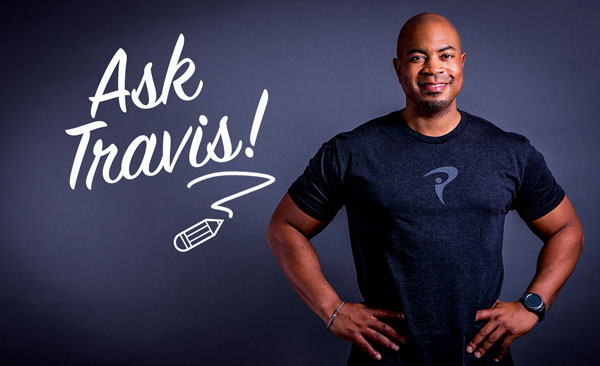
Questions About Weight Loss or Fitness?
I'd be happy to help you on your path towards reaching your fitness goals!
RELATED BLOGS
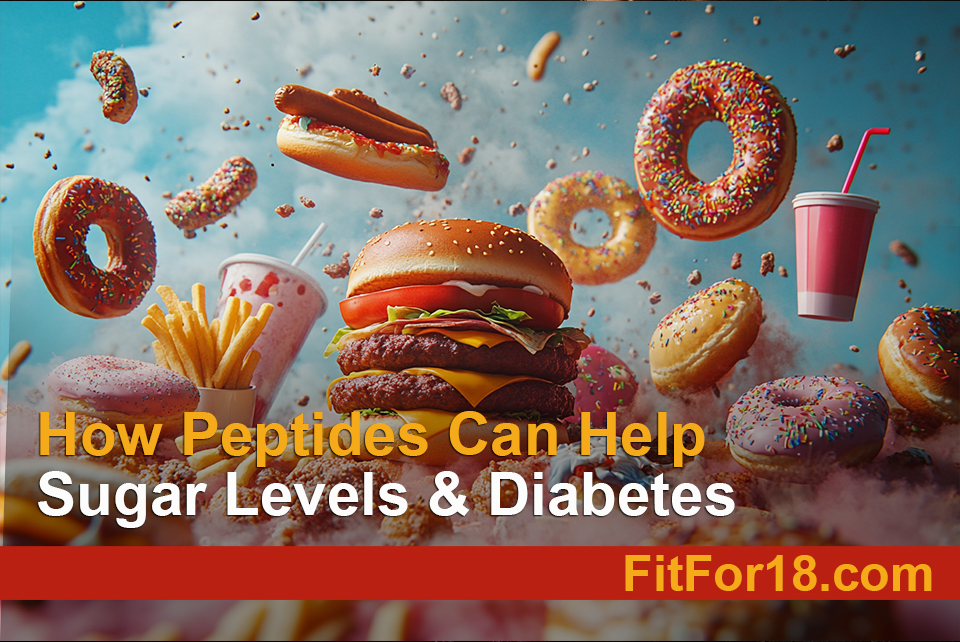
How Peptides Can Help Sugar Levels And Diabetes
How peptides can help people with diabetes keep their sugar levels in a healthy range.

Why Peptides Are a Safer, Smarter Choice Than Ozempic
Ozempic may be the latest crazy, but is it safe? Here is why peptides may be a better alternative.
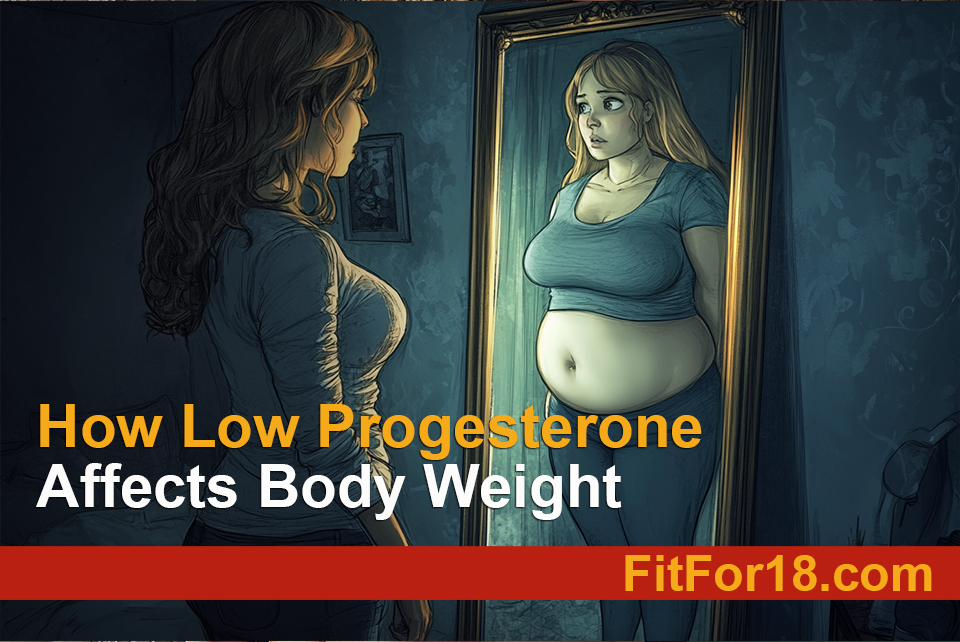
How Low Progesterone Affects Body Weight
How low levels of progesterone can significantly impact body weight.
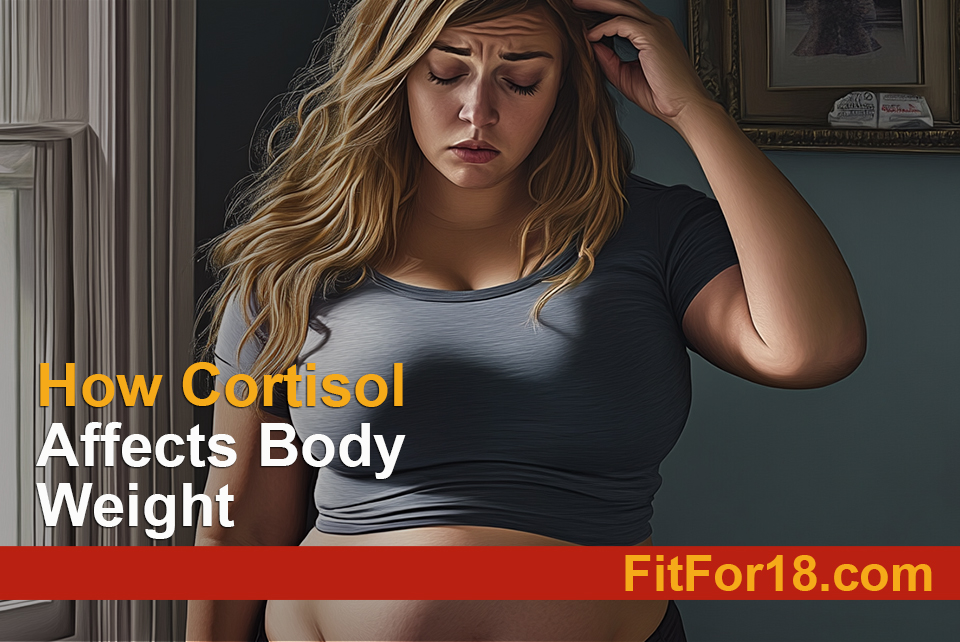
How Cortisol Affects Body Weight
The physical effects of cortisol and its influence on body weight.

Unlocking the Power of Superfoods
My favorite superfoods and how they can help boost your health with every bite!

Save Calories With These Thanksgiving Food Swaps!
Help cut calories and still enjoy your favorite foods with this list of Thanksgiving food swaps.
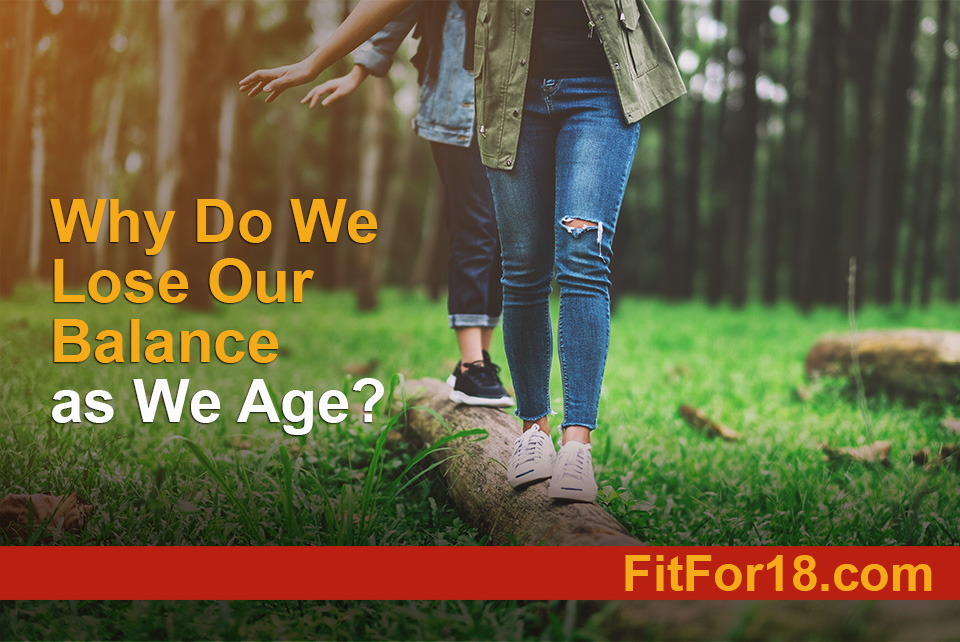
Why Do We Lose Our Balance As We Age?
List of metabolical changes that can affect our balance as we age.

Get Moving: Top 5 Physical Activities For a Vibrant Retirement
A list of the top five physical activities that are perfect for retirees.
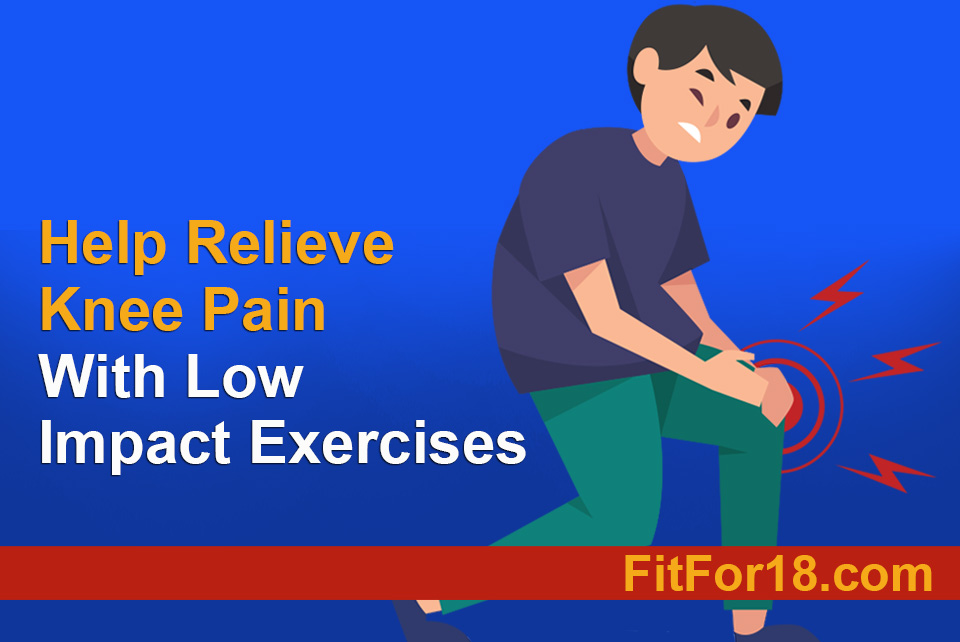
Help Relieve Knee Pain With Low Impact Exercises
Some common causes of knee pains and workouts that can help relieve them.

Losing Weight After Menopause
The challenges of losing weight after menopause and how to boost your chances of weight loss.

